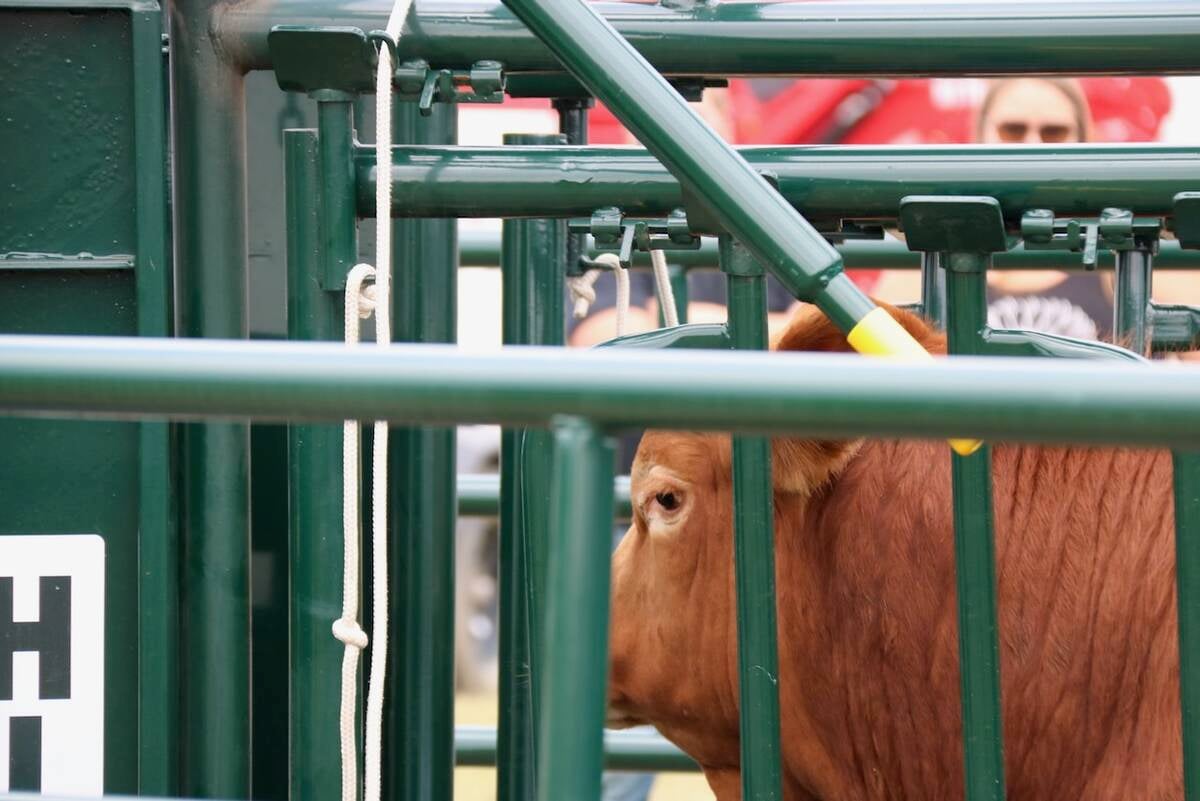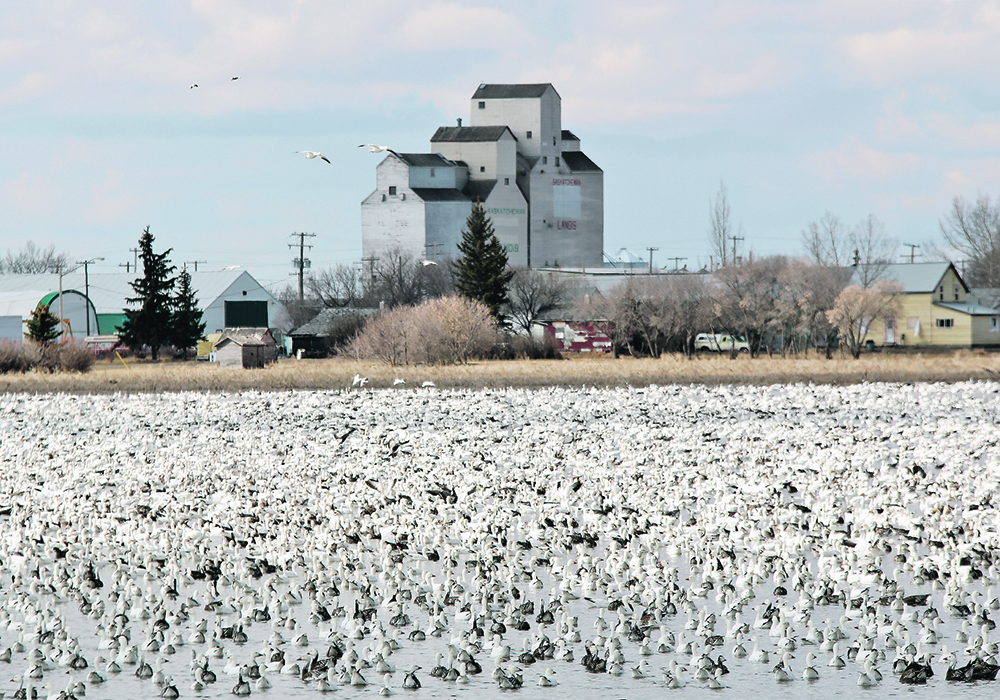The global outbreak of H5N1, a highly pathogenic avian influenza virus, continues. With the arrival of autumn, migrating wild birds may continue to spread, contract and die of this infection.
Avian influenza has historically been considered a pathogen of birds. Wild waterfowl such as ducks carry it without significant clinical disease. They are also thought to be the main source of infection for domestic poultry flocks. For instance, bird feces in water sources or in pathways leading to poultry barns might introduce the virus into domestic chicken and turkey flocks.
Read Also

Good handling equipment a must on cattle operations
It’s important for the safety of producers and everyone else dealing with their stock that handling equipment is functional and safe.
In this recent outbreak, wild birds are also spreading the virus to wild mammals.
How does this occur? Wild mammals most likely get infected from eating birds that were sick with the virus. These dead birds would have whopping amounts of virus in their tissues, giving ample opportunity for a scavenger or predator to become infected.
Wild mammals infected with bird flu during this outbreak include raccoons, red foxes and striped skunks. The fact that this spillover has occurred in many wild mammals is unexpected. It is also striking that infections have been severe enough to cause death.
Infections in mammals can create the typical respiratory illness expected of influenza viruses. But more alarmingly, they can also cause severe systemic illness that includes infection and inflammation of the brain. This is problematic in species like foxes, raccoons and especially skunks because they remain the main reservoir for rabies virus.
The clinical signs of rabies can be similar to those animals infected with avian influenza. Because it causes very severe brain inflammation, the animals will behave abnormally. This includes loss of fear of people, activity in daylight, tremors, seizures and other signs. The behavioural changes could be similar for both rabies and avian influenza.
If someone or their pet is in contact with one of these wild animals, then it is prudent to test for rabies. To reach a diagnosis, the safest approach is to rule out rabies first, then pursue additional tests to confirm if avian influenza or other pathogens are causing the brain inflammation.
In addition to being expensive, this additional testing adds a layer of concern and delay in getting results.
Elsewhere, this virus has caused disease outbreaks in farmed mink in Europe and among wild seals and sea lions in the Americas. There are also cases of domestic dogs and cats getting this strain of avian flu. For instance, a dog in Oshawa, Ont., contracted the virus after chewing on a dead goose carcass. People can also acquire this strain of avian flu, although cases are rare and are associated with contact with infected birds or their contaminated environments.
The virus has spread from Eurasia to North America for the first time. But these spillover infections in a diverse array of mammals appear to be an important shift in the host range of this pathogen and may signal some fundamental changes are occurring to its genetics.
The severity of infections may also be exacerbated because these mammals have no previous exposure or immunity to this strain of bird flu. The good news is that the virus has not become effective at transmitting between mammals and remains primarily a risk to birds.
Of course, with each infection, the virus could mutate to develop the ability to spread more easily between mammals. Since humans are also mammals, this raises the concern that this particular flu strain could gain the ability to easily spread between people.
Mammals are also effective “mixing bowls” for influenza. If an individual is infected with two different strains of flu simultaneously, they could combine to create a completely new version of the virus.
The bottom line is that we should keep our eyes on this virus, report sick or dead wildlife and keep our domestic animals away from dead wild birds.
Dr. Jamie Rothenburger, DVM, MVetSc,PhD, DACVP, is a veterinarian who practices pathology and is an assistant professor at the University of Calgary’s Faculty of Veterinary Medicine. Twitter: @JRothenburger















